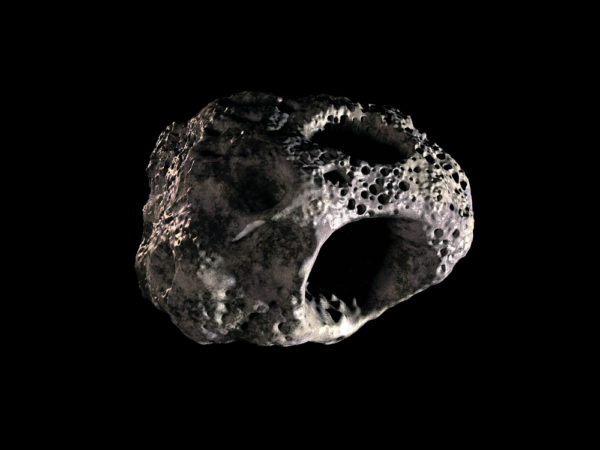Dust collected from the surface of an ancient, peanut-shaped and “potentially-hazardous” asteroid has revealed that some space rocks are much bouncier and harder to destroy than first thought — posing concerns about Earth’s long-term safety.
The analysis of three tiny dust particles — gathered from the surface of the 1640-foot-long (500 meters) rubble pile asteroid Itokawa — shows that the cosmic wanderer has survived in space despite numerous collisions for at least 4.2 billion years. This means that not only are asteroids of the same type more likely to come into contact with our planet, but that smashing into them will probably not be the best way to deflect or destroy such space rocks.
Rubble piles are smashed up former asteroids birthed in the wake of giant impacts and consist of stones and boulders that are loosely gathered and bound together by gravity. Typically, almost half of a rubble pile asteroid’s volume is made up of empty space, leaving scientists curious about these space rocks’ shock-absorbing capabilities. Now, a new study, published Jan 23. in the journal Proceedings of the National Academy of Sciences, has revealed that the heaps of space rock have survived for nearly as long as the solar system has existed.
“Writer Fuel” is a series of cool real-world stories that might inspire your little writer heart. Check out our Writer Fuel page on the LimFic blog for more inspiration.


